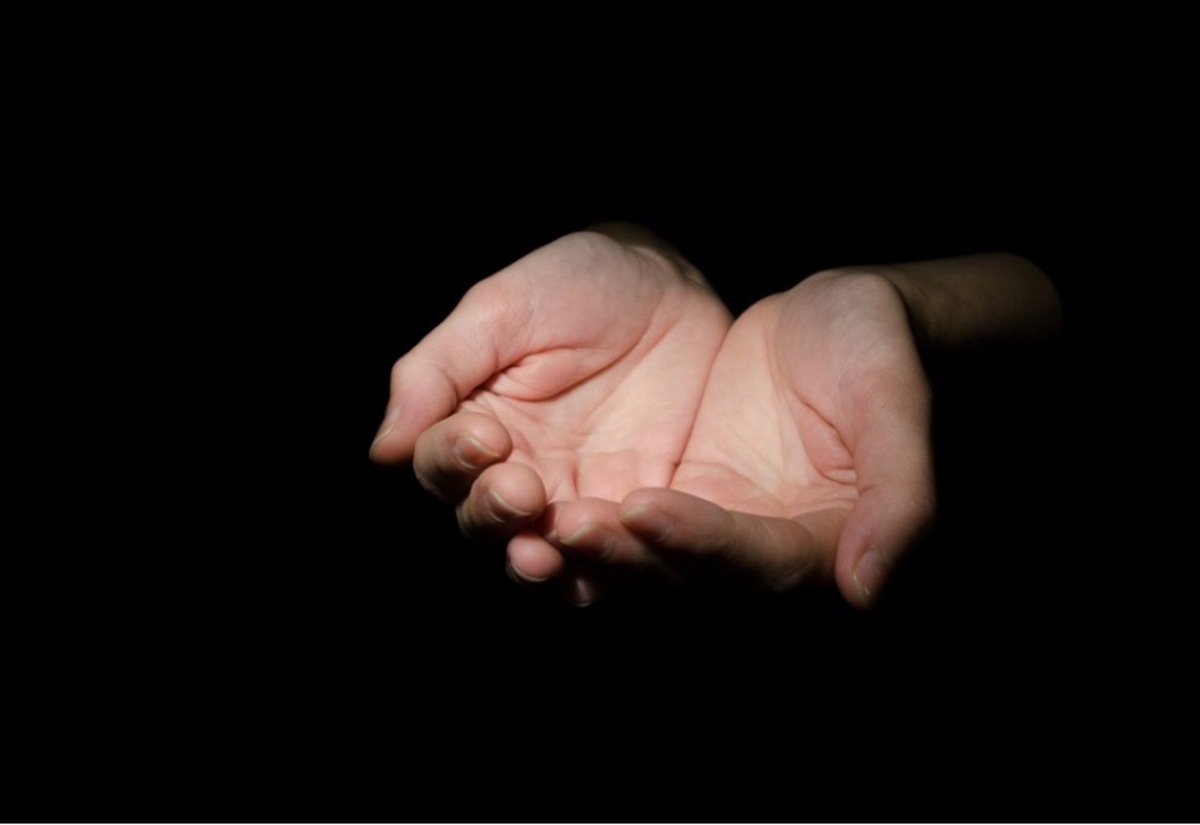Affordable housing the silver bullet to poverty problem
Laura Williams
21 October 2021, 9:00 PM
 The Western Plains is in the middle of Australia's poverty problem. We just need to find a way out.
The Western Plains is in the middle of Australia's poverty problem. We just need to find a way out.Across the Western Plains, Anti-Poverty Week hits closer to home than we may like. While the pandemic has thrust millions of more Australians into financial despair, towns across the region are all too familiar with the poverty line.
According to St. Vincent de Paul Regional Director Phil Donnan, there are various factors feeding local poverty rates, including ageing populations, increasing housing prices and insufficient income support payments.
“As rental prices increase, the most disadvantaged in our society get squeezed out. The people at risk of homelessness and poverty start to struggle with affording basics because their income is consumed with accommodation,” Mr Donnan said.
In Australia, poverty looks different from what you may know from TV, the effects of it all around the Western Plains. Nationally, poverty is defined as the lack of means to live a ‘decent’ life, which is unsurprisingly difficult to measure.
Australia’s measurement for poverty is income based, where an income of $457 or less per week for a single adult sits below the poverty line.
When it comes to socio-economic status, towns like Brewarrina, Coonamble and Walgett all sit in the country’s bottom 10 per cent. Bourke and Gilgandra aren’t faring much better, featuring in the lowest 20 per cent, according to the Socio-Economic Indexes for Areas (SEIFA).
Changes to local industries from drought and Covid-19 have only contributed to the problem, says Mr Donnan, who has seen an increase in people reach out to St Vincent de Paul for financial assistance.
“We’re yet to see the full impact of Covid-19 upon businesses and employment, but we are starting to see new people seeking assistance that we wouldn’t normally expect to see,” said Mr Donnan.
It’s unsurprising, given that the redundancies of this year and last year was a catalyst for ‘newly vulnerable’ demographic, made up of people who were already on low incomes before their job loss.
Of this newly vulnerable demographic, 60 per cent are yet to find employment, taking a dramatic toll on poverty rates across the country.
To address poverty and redeem the failing status across the Western Plains, it has become apparent that housing and accommodation will become a key contributor.
“Homelessness isn’t just sleeping rough, that’s just the tip of the iceberg for people couch surfing or leaving relationships where they’re vulnerable,” Mr Donnan said.
“The answer is social housing and affordable housing, because as the real estate market escalates those vulnerable people get left behind. They need something that is affordable and consistent,” he said.
Currently, there are 51,000 applicants in NSW waiting for social housing, an issue that Mr Donnan has deemed as high priority.
The timely announcement of $183 million for social housing across the state might just bring the reprieve that is needed from a system facing devastating demand and revealing the depth of this issue on a nation-wide scale.
If allocated appropriately, the funding should curb other issues too, such as the severity of the Covid-19 outbreak in Wilcannia, where overcrowding in houses led to the community’s drastic exposure to the virus.
Anti-Poverty Week started from October 17 and end this Saturday, October 23. The aim of the week is to remind governments of two key ingredients to unlock poverty for the community: raising income support above the poverty line and investing in social housing.